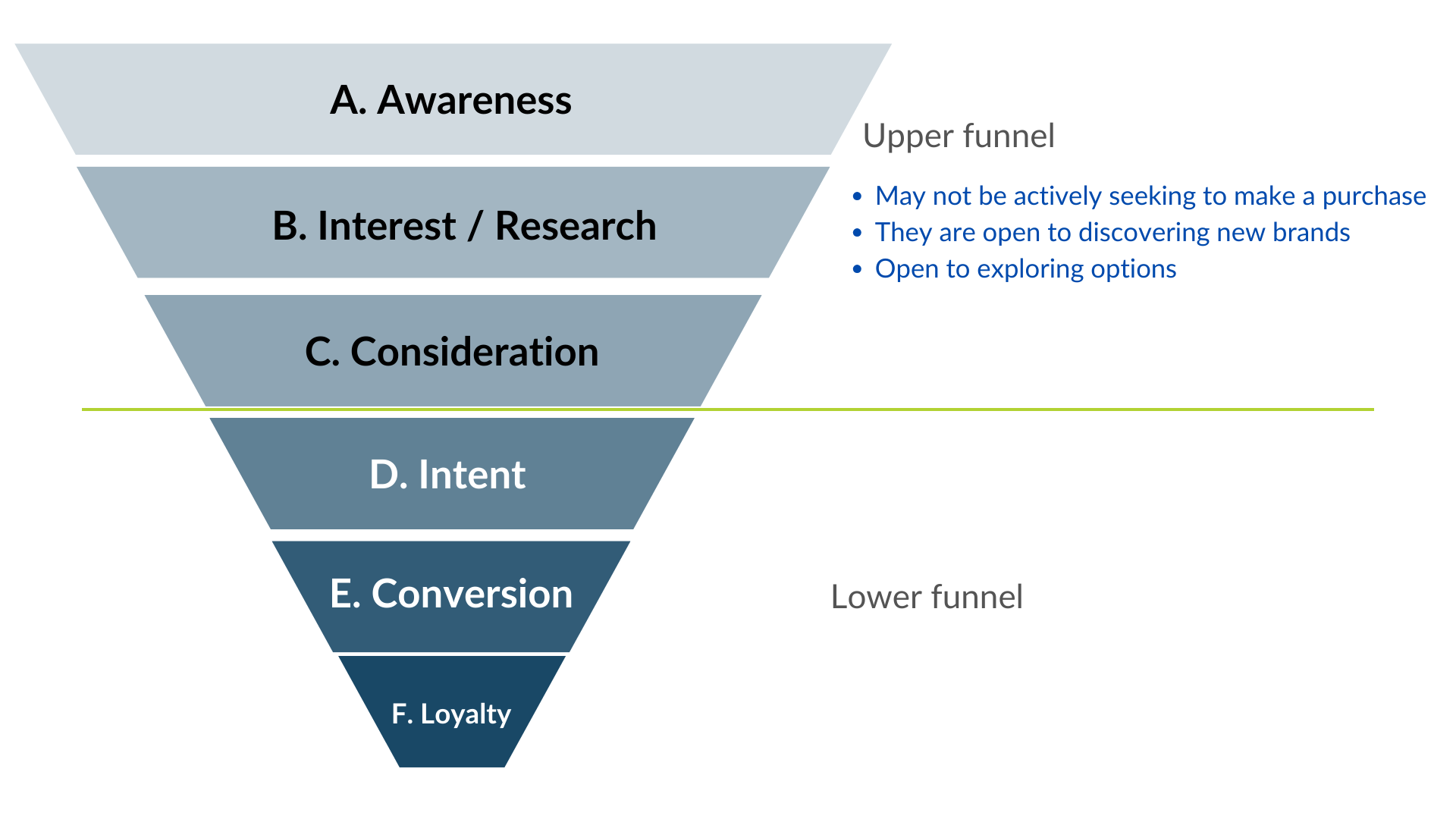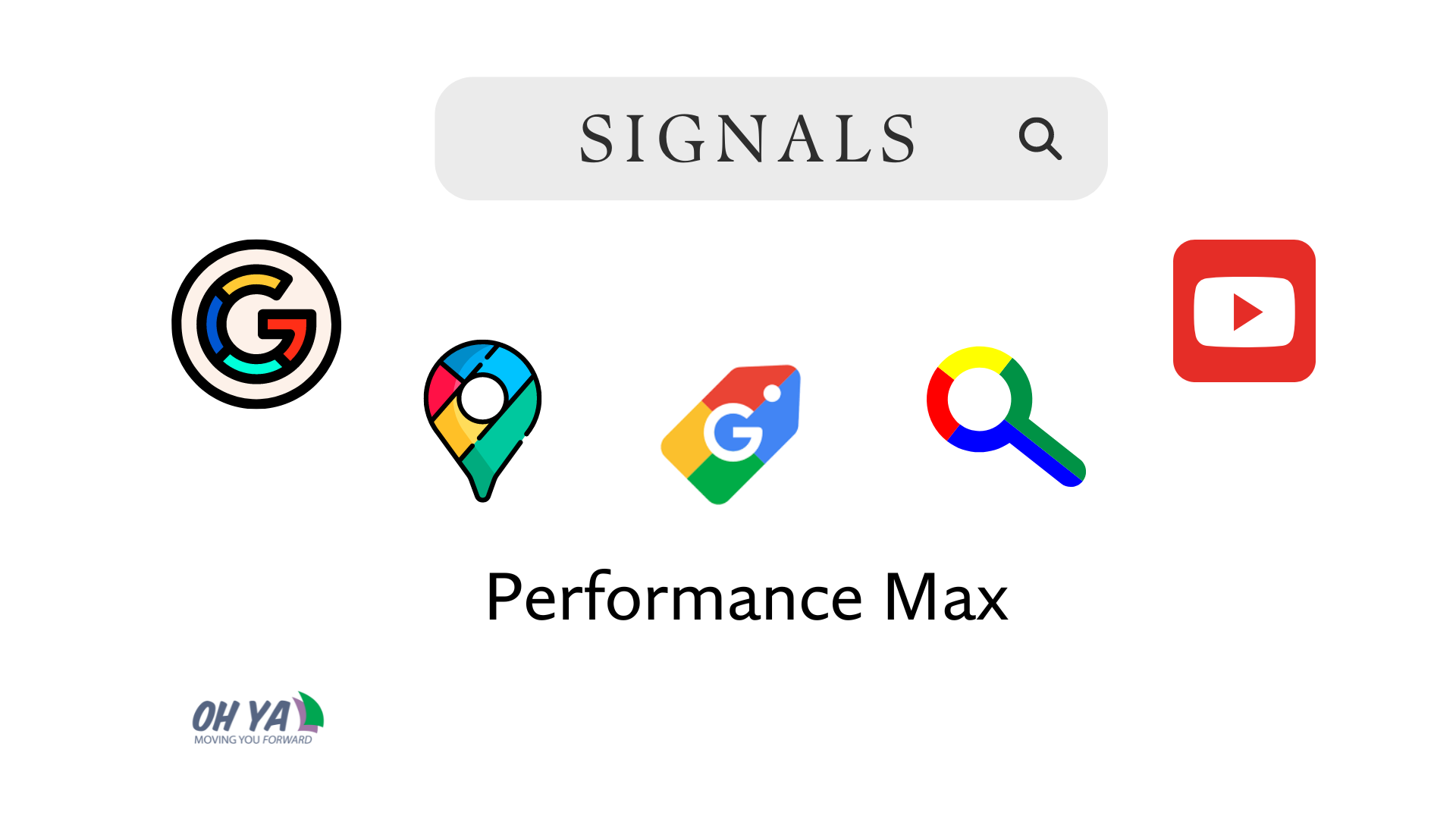In today's digital landscape, the most effective advertising establishes an authentic connection with the target audience by identifying with their pain points, laying out a logical solution that simultaneously inspires an emotional response - - driving them to action.
We most often start with some basic pain point research with you and your team and we analyze the competitive landscape to find opportunities where you can stand out. We'll also want to understand what your competitors are doing so you can leverage their shortcomings.
Advertising and Paid Media
Paid media is digital advertising and involves paying for the placement of ads, content, and other promotional materials on various online platforms. Paid media can include video content, commercials, radio spots, display ads, sponsored content, guest posts, search ads, and more. Our clients use paid media to increase their visibility and reach new audiences.
Your in-house digital marketer can certainly run their own ad campaigns, but it might make better sense to bring in some experts who can provide you with a full set of managed services.
Working with an outsourced team of professionals, allows you to leverage the experience they have working on dozens or hundreds of similar accounts each month. This type of specialization will reduce the learning curve, should yield better results, allowing your organization to stay ahead of the competition. So what are the typical managed services?
Search Engine Marketing (SEM) and Pay-per-Click (PPC)
Search engines help individuals find answers to their questions. It's that simple. Paid Search ads allow you to show up first on the Search Engine Results Page (SERP). This is a text ad that can either 1) Drive a phone call or 2) Take someone to your website.
Search engine marketing is an effective way to get your business in front of your target audience. It involves creating ads that are displayed in search results when someone searches for specific terms (keywords). These ads can be targeted to show up at the top of the organic search results or within the sponsored links section.
A crucial aspect is directing the visitor to relevant content that informs and motivates them to act. When crafting meaningful content, it's important to look closely at your audience and create pieces that will resonate with them. Aim for valuable content that will spark conversations or drive action. Incorporate visuals such as videos to further optimize engagement.
Google Now Offers a Free Tool To Create Video Ads
YouTube ads are a highly effective method for reaching engaged audiences. As one of the most visited websites globally, YouTube has a large user base. And unlike more traditional advertising (e.g., television, radio), users are typically on devices that allow them to click on an advertiser's call-to-action (or open a new search to learn more about the brand) as soon as they see an ad.
Video is an effective tool for absorbing information, such as remembering a new or familiar brand, and enhancing retention. When paired with a pay-per-click Search campaigns, YouTube ads provide a direct means of communication for reaching prospective customers or reconnecting with previous site visitors.
There is a free and easy way to transform existing content into stunning YouTube video ads that drive results. Google Ads allows you to make use of the content you already have and turn them into eye-catching advertisements for YouTube. Download the free guide today!
Social Network Advertising
Social media advertising, particularly on platforms like Facebook (META), Instagram, Reddit, LinkedIn, SnapChat, and TikTok, has revolutionized the way businesses connect with their target audience. These platforms offer a dynamic and highly targeted advertising ecosystem, allowing businesses to reach users based on their demographics, interests, and behaviors. With extensive user data and powerful ad targeting tools, advertisers can craft personalized campaigns that resonate with their intended audience, driving brand awareness and engagement.
These platforms provide visually engaging formats, including photo and video ads, and carousel ads, enabling advertisers to tell compelling stories and showcase products effectively. Additionally, their ad analytics and insights empower us to refine strategies, optimize budgets, and measure the impact of campaigns in real-time. As the digital advertising landscape continues to evolve, these platforms remain central to the success of modern marketing efforts.
AI Advertising Helps Your Reach New Audiences
AI is transforming the advertising industry, as addressable Device ID advertising platforms utilize AI to effectively reach specific audiences and maximize ad spending returns
AI can also be used to create more effective messaging strategies. Through the use of natural language processing and machine learning, AI-driven platforms can generate personalized content tailored to the needs of the target audience. This kind of targeted advertising ensures that brands are reaching their customers with messages that are relevant to them and their interests. Additionally, AI-powered platforms are able to continuously monitor campaigns and test their performance in real time, allowing for fast and effective optimization.
AI-driven marketing technologies can also help brands better understand customer behavior and buying patterns. By leveraging predictive analytics, companies can gather insights about customers’ interests and preferences that would otherwise be impossible to uncover. These insights can be used to customize campaigns and optimize the customer journey for maximum effect.
Overall, AI has the potential to revolutionize the way marketers do business and drive greater ROI. Through data-driven insights, AI can help brands create more effective campaigns and better engage their target audiences. As companies continue to adopt AI technologies, we will likely see a shift in the way marketing is done, with AI playing an increasingly important role in every aspect of the process.
There are multiple ways to reach new audiences and drive traffic to content at your website to engage with people who are good prospects for your business. Watch the video to better understand the geofencing concept (we can also target other demographics) to complement more traditional advertising tactics which may include:
Connected TV (including Zip Code TV)
Subscription radio (e.g. Pandora, Spotify, etc)
Addressable Device ID Provides Flexibility
Different advertising tactics will bring visitors to your website but their needs will vary depending on where they are in the buying journey.
Top of funnel visitors are usually associated with branding and raising awareness. They’re still learning about your products and services and in their research phase.
The middle and lower parts of the funnel are usually meant for high-intent-buyers and qualified leads. Your content should be designed to educate, inform and help them with their pain points.
Using Cross-platform advertising reaches audiences across all their screens as they move around the web, viewing live or on-demand programming through any connected device. Convincing them that you have the best solution is the the ticket to ensuring that customers know what you have to offer. Explore how creating high-buying-intent content drives conversions.
It's a Simple Process
Advertising is effective when you adopt the the philosophy of "continuous improvement" and your team is given the time, tools, and support to deliver great results. The team should operate using a "Test and Measure" and "Beat the Test" approach. Here's the basic outline:
Outline your marketing goals overall business goals
Review and discuss ideal audience and target customers
Formulate a theory of what will work (this is your digital marketing strategy)
Execute/test your theory
Measure and socialize the results with the team.
Determine in which areas you fell short. Select the variables or KPIs you want to improve.
A Key Performance indicator (KPI) is simply a variable that is being measured and that also leads to the behavior you want to drive out of your campaigns and is aligned with your goals.
Change one variable; then rinse and repeat. See if you can beat the results from your last sprint.
Beating the test means that you have selected a variable/KPI that you want to improve.
If you fell short (maybe your Average Time Per Session fell below expectations), then in the next advertising sprint, you'll want to make an adjustment (maybe you want to adjust your landing page / website copy, maybe add video to the page) and run the test again. Can you increase your Average time per session? Change one variable to see what you can do to improve results.
There are a lot of different KPIs to measure and lots of adjustments that can be made. The key to success is ensuring that you have the entire ecosystem setup from the start and that you have a dedicated team that can execute the vision.
We are exposed to ads everywhere we go whether it's in our commute or in our daily online experience. It's no wonder that it can be difficult to get your message across to the right people and make a lasting impression.
Let's break advertising down into a simple 5-step process:
Audience Curation: Select one or more different ways you want to target an audience. Once the audience tactic is selected, that will be the pool of people that will be the recipients of our ads.
Messaging, Call-to-Action (CTA), and process: We need to decide on the messaging and call-to-Action (CTA), develop the creatives we need (e.g., banner ads, videos, commercials), and then determine what landing pages will best serve their or our needs and update that content and technical issues as needed.
Decide on the mix of platforms to execute: In the past, a single platform could deliver decent results; however, we live in a more complex world today with many more screen options. An integrated, dynamic, cross-platform approach is recommended.
Collect and analyze data. Review marketing message (did it resonate with potential customers), KPI's, and decide on how to best move forward.
Step 1: Audience Curation options
Choose your audience targeting strategy. The group of people who will see our adverts will be determined by the audience technique that is chosen.
Geofencing physical locations: We draw a virtual fence around a physical location and identify people's Devices (the tactic is called Device ID) as they enter the fence. As we identify the devices, we add them to the pool of people we can retarget. We can normally retarget these devices for 30 to 90 days after they leave the fenced area. Geofencing has the potential to address the time component that's missing in a lot of advertising. Example: We can draw a virtual fence around every liquor store in the county, around competitor car dealerships, or every Starbucks location.
Contextual keyword retargeting: Display ads based on the content of a website. Let's say you want to target everyone who visits Men's Health's online magazine or website. We can target categories of publications. This is where your strategy helps. If we know your target audience is men ages 25–45 who are health conscious, then this might be a good play.
Site retargeting: Retarget YOUR website visitors based on specific pages they've visited. We can create content or use display advertising to showcase your multiple products. For example, let's say you're a general contractor that does both roofing and siding. If they visit the siding page, it makes sense to retarget them with siding-related content, right?
Search retargeting: retarget search engine queries using relevant keywords from your target market
First-party data: Your CRM data or any data you've been collecting. Data such as city, state, email, or phone number can be used to help create an audience list
Second-party data: Use purchased lists or public data
Third-party data: Data brokers package consumer data. Here's a sample list of how data brokers package their data
Step 2: Messaging, Call-to-Action (CTA) and process
We'll address the process in more detail in a future post, but what we can tell you is that you have to understand your audience and approach this process from their point of view. Help them solve a problem, educate them, tell them the good, bad, and ugly, and please include pricing whenever possible.
Why should you include pricing on your website? People are smart; they know the relative price of something and 1) want to make sure you're in range; and 2) there's a good chance your competitor displays their pricing. When you include pricing, it shows that you have nothing to hide and will build trust with your audience.
A good example is that you're on our site right now to learn more and figure out our pricing. By posting our prices, we're letting you know what to expect should you want to work with us. This doesn't work in every industry. Healthcare is a good example. There are insurance coverages and reimbursement rates, so this concept doesn't work for them.
Step 3: Decide on the mix of where we want to target your audiences
Depending on the tactics selected in Step 1, you will decide which platforms make sense to implement the tactic. Here's a list of platform options:
Display Advertising: Google Display Network (GDN), programmatic display, mobile and video ads
Social Media Platforms/Marketing: Facebook Ads, Twitter Ads, LinkedIn Ads, Instagram Ads, Snapchat Ads
Search Engine Marketing (also known as 'Search Advertising'): Google Adwords (Google Ads), Google's Local Service Ads, Bing Ads Center
DSP for Cross-platform Ads: The Trade Desk, Simplifi, Vibe, etc
Step 4: Establish the metrics that are important to your organization
After setting up the campaigns, you'll need to monitor them closely. This includes analyzing performance data, making changes or optimizations, and ensuring the budget is spent correctly. The main goal here is to ensure that you reach your desired KPI's (key performance indicators).
Some of the key KPIs to monitor will include:
CTR (click through rate)
CPA (cost per action)
ROI (return on investment)
Step 5: Analyze, optimize; then rinse and repeat
Once you have the data coming in, it's time to analyze it. You will need to look at both quantitative and qualitative data, which includes understanding what works, why it works, and what doesn't work. After analyzing the data, you can then start making changes and optimizations to improve the campaigns.
The key is to rinse and repeat this process. As you get more data, you'll be able to better understand what works and what doesn't and make better decisions on how to optimize your campaigns.
Contact us.
It’s a free consultation.





